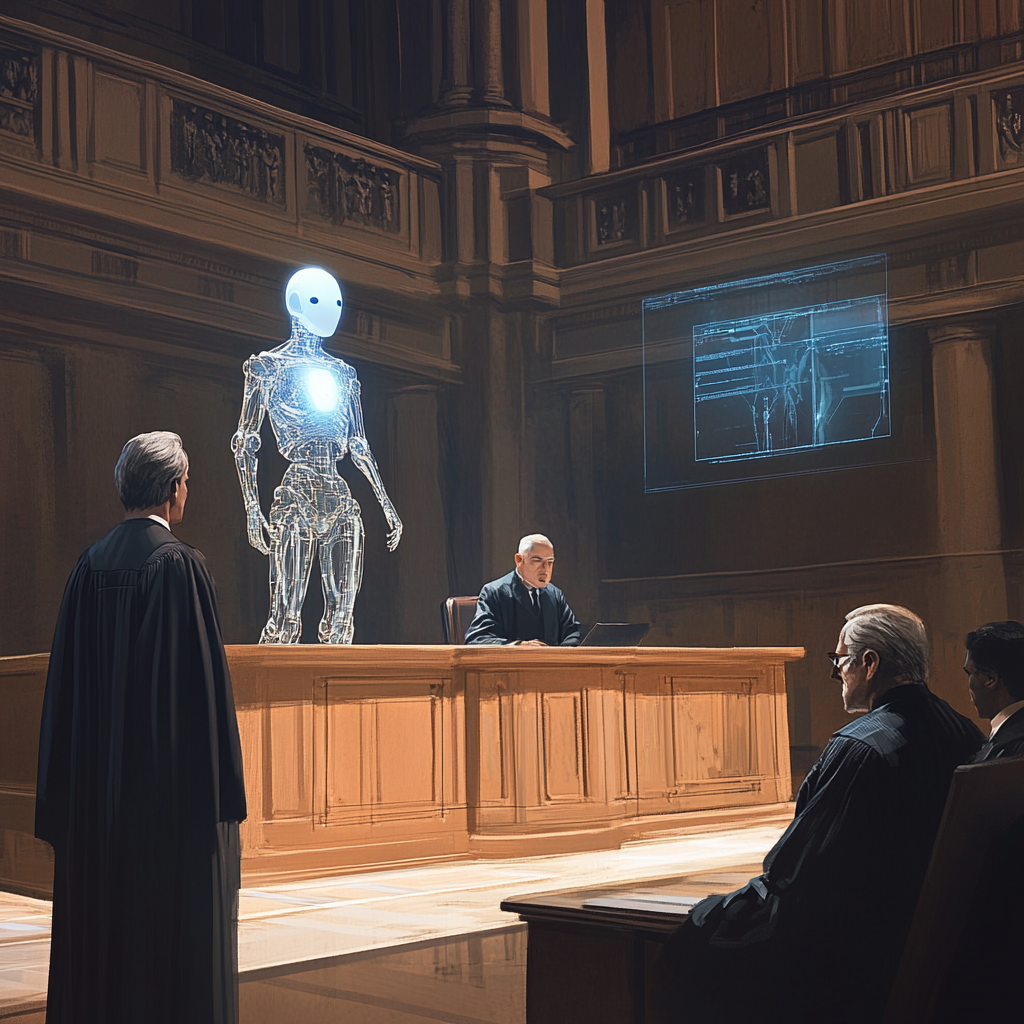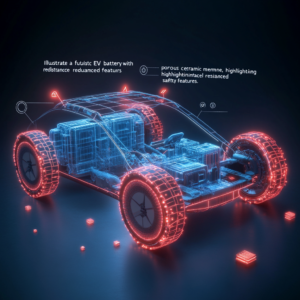
“Generative AI Stumbles on Complicated Undergraduate Law Exam Queries”
The Limits of Generative AI: A Law Exam Challenge
So, gather around, dear readers, and let’s dive into a little experiment that puts our beloved generative AI through its paces. Picture this: a group of brainy minds at the University of Wollongong decides, “Why not see how well a generative AI can handle an undergraduate law exam?” Intriguing, right? Well, the results are as eye-opening as they are entertaining; it’s like watching a cat try to negotiate a tightrope: sometimes it stumbles, and sometimes it struts like a celebrity.
Imagine Armin Alimardani, a lecturer over there at Wollongong, playing the role of the orchestrator in this legal circus. He thought, “Let’s see if this AI can tackle some of those tough law questions, the kind that stumps even our best students." And boy, did it spark a rollercoaster of insights! With a mix of excitement and skepticism, they plopped the AI onto the exam platform, handing it the questions as if they were bricks to build a legal fortress—or a shack, depending on how talented the AI really was.
Let’s break down what happened, shall we?
Essay Questions: The AI’s Delight
First up were the essay-style questions. Now, when the AI was faced with open-ended tasks inviting it to unleash its linguistic prowess, it didn't cringe in fear. In fact, it strutted around like a peacock flaunting its feathers! The responses were coherent, well-structured, and had a rhythm that showed it had absorbed some of that human-like flair we tend to adore. Generative models like GPT-4 have a reputation for this kind of performance. However, let’s not pop the champagne just yet—there’s more to this story.
Complex Questions: An AI in Distress
Now come the complex analytical questions, the tricky ones that bear the weight of ethical nuances and shout, “You better know what you’re talking about!” It’s here that the AI hit a snag, akin to a dog chasing its tail but never quite catching it. The poor thing got a little flustered and struggled to provide meaningful answers. Why? Because these questions require not just the regurgitation of legal principles but a deep, heartfelt understanding of them.
You see, Law is not merely a set of rules; it’s a dance of interpretation, a careful balancing act of justice and ethics. The AI answered in a way that felt more like a puzzle with missing pieces rather than an engaging dialogue. This performance gap presents a pearl of wisdom for us mortals: AI, while capable of pulling together information and spitting out essays, is still not quite ready to embrace the voice of reason and critical analysis that only human minds can provide.
The Bigger Picture: Ethical and Analytical Gaps
The experiment raises an eyebrow and a few ethical flags. This dance of complex queries illustrates a more profound chasm in the current AI technology landscape. Sure, the AI can grasp the crude language and structure of legal jargon, as evidenced in some instances of bar exam performances. However, it falls flat when asked to navigate the treacherous waters of ethical dilemmas that legal professionals grapple with daily.
This gap is not merely a technical flaw; it’s a reminder that ethical responsibility—like a crown jewel—still lies firmly in human hands. AI isn't likely to swoop in and replace our legal experts anytime soon. Rather, consider AI an apprentice mixing drinks at a cocktail party—great for some tasks but still requiring a seasoned bartender (read: a human) to create a masterpiece.
Let’s Talk Collaboration: The Future of Legal Practice
So, what does the future hold? Picture this: a harmonious partnership, a bit like peanut butter and jelly, where AI and human professionals join forces. AI can ease the burden of mundane tasks, such as legal research (oh, the hours we spend flipping through an ocean of documents!), and draft initial thoughts, but it’s us – the sharp-minded humans – who will make the call on high-stakes decisions that involve a sprinkle of ethical wisdom and nuanced interpretation.
The Need for Critical Thinking in Legal Education
This little experiment also delivers a clarion call to law students and educators alike. Amidst all the buzz about integrating AI into the curriculum, let us not forget the critical thinking skills that must be honed with tenderness and care. Having a sharp mind and the ability to engage in deep analysis is the armor every legal knight needs to wield. So, while AI can frolic alongside us, let’s ensure that the students are not left solely reliant on our silicon friends. They need to build their own analytical prowess to tackle the complexities of the legal battlefield we call the real world.
Final Thoughts: A Call to Action
As we ponder the experiment conducted by Armin Alimardani, it becomes clear that while generative AI displays an impressive ability to churn out words, it stumbles in the face of complex, insightful legal questions. AI has the potential to complement our law practices, enabling us to work smarter. However, it remains a mere tool, not a replacement for human intelligence.
So here’s the takeaway, folks: knowledge is power! Understanding the landscape of AI and its limitations is crucial for navigating the future.
Want to stay up to date with the latest news on neural networks and automation? Subscribe to our Telegram channel: @channel_neirotoken. Stay informed, stay curious, and let's keep the conversation rolling!

